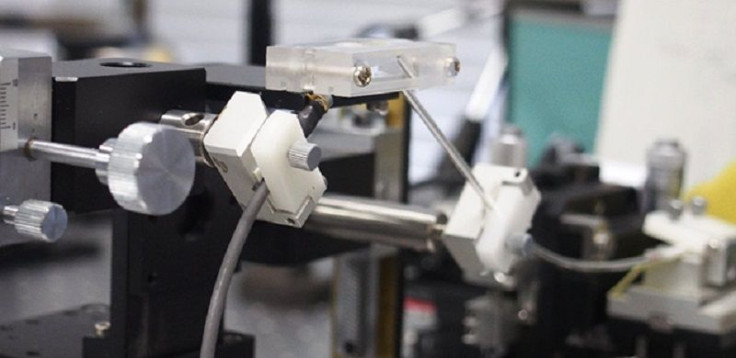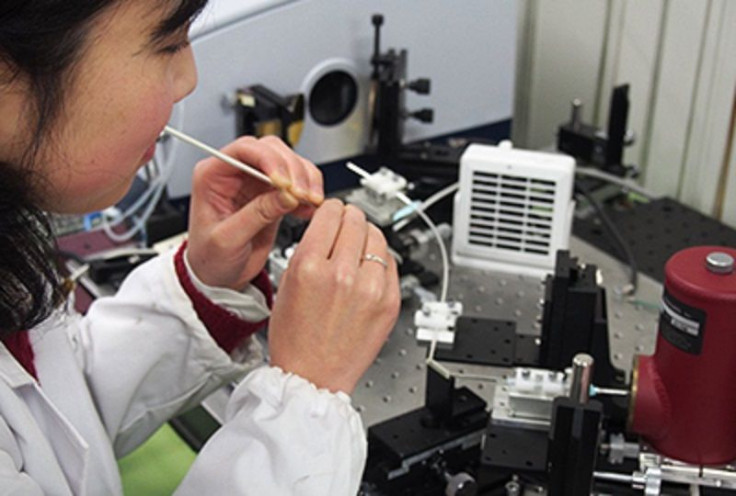Japanese researchers develop harmless, non-invasive way of monitoring sugar level using far infrared light

By using far infrared light instead of near infrared light, researchers from the Tohoku University’s Graduate School of Biomedical Engineering addressed the problem of weak absorption by glucose. Use of near infrared light also had absorption problems by water, protein and hemoglobin.
Like us on Facebook
The Japanese scientists, led by Professor Yuji Matsuura from Tohoku, used instead far infrared light to develop a method of measuring blood sugar levels which is non-invasive and harmless. It addresses the complaint of diabetics that using the standard prick method on the finger is stressful and painful when done frequently.
The researcher’s premise is that infrared light of specific wavelengths are selectively absorbed by glucose in the blood. However, when they used near infrared light, absorption was weak. But when they used far infrared light with wavelengths of around 10 micron, it was strongly absorbed by glucose.
In theory, the use of far infrared light could make patients more sensitive, resulting in more accurate measurement of their glucose level. But because far infrared light penetrates only a few microns from the surface of the skin, Matsuura’s team developed a small prism attached to the end of flexible hollow-optical fibres to radiate the far infrared light, reports Medicalexpress.

The method allowed the irradiation of the oral mucosa of inner lips, which unlike skin, lack horny layer. When they experimented with the device, the team found it detected and accurately measured blood sugar levels with less than 20 percent margin of error. Matsuura says that level is good enough for clinical uses.
Matsuura adds that combining the new method with far infrared lasers would result in compact and low-cost blood sugar measurement devices in the future.





















